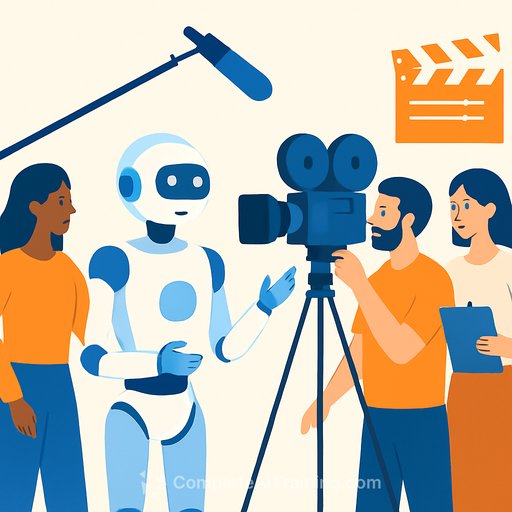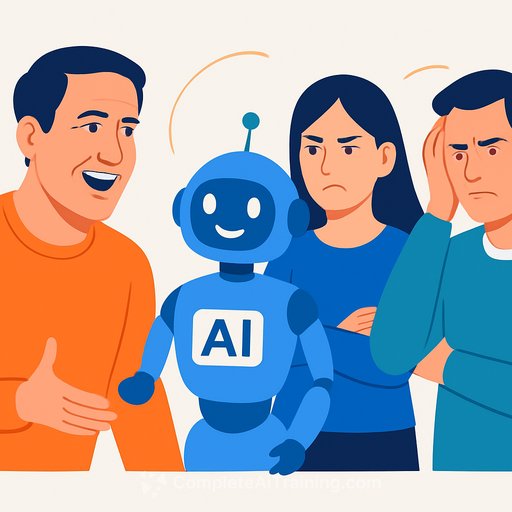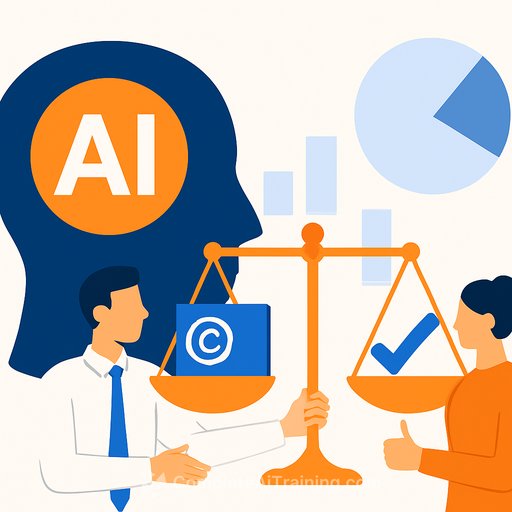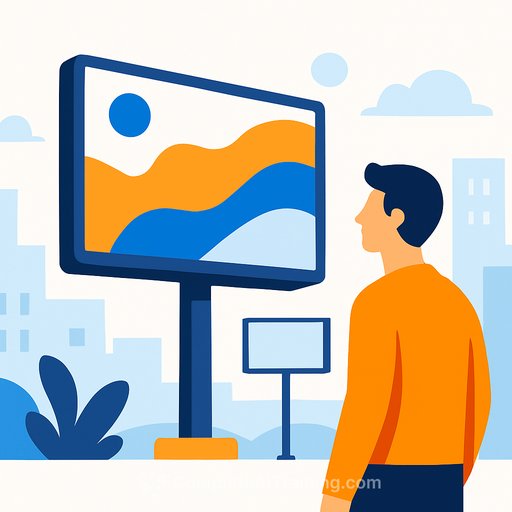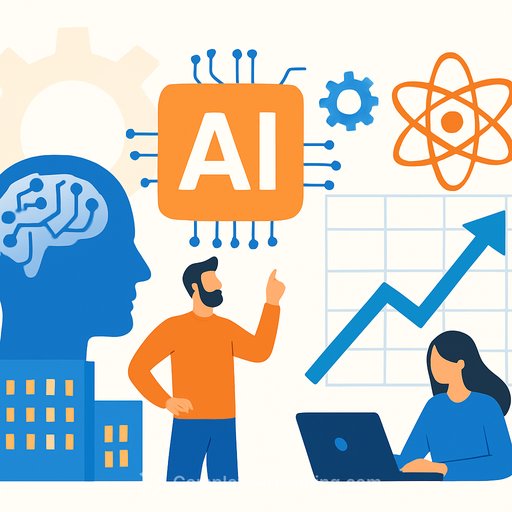The Horizon of Creative Co-Stars
The screen is shifting. Not because of a new genre or a singular visionary, but because creatives now share the frame with Artificial Intelligence. The camera and the pen still matter-but so do the model and the prompt.
The loud debate misses the point. Purists worry about creative jobs. Futurists promise full democratization. The useful take sits in the middle: AI isn't a director-it's a powerful co-star that amplifies human intent.
What AI Already Does Well
For indie filmmakers, AI dissolves barriers that used to require teams and budgets. Color grading, noise removal, cleanup, rotoscoping, and compositing are faster and cheaper. Dynamic backgrounds and digital mattes that once took months now take hours.
That doesn't replace taste. It removes busywork so you can spend more time on story, pacing, and emotional payoff.
Pre-Production, Accelerated
AI can scan scripts for continuity issues, flag pacing problems, and predict engagement patterns. It can generate hundreds of storyboard variations so you can test tone, lighting, and blocking without burning time or cash.
Think of it as a sprint tool: get to the viable version sooner, then push it by hand.
The Line Between Synthesis and Soul
AI is excellent at synthesis-pattern recognition, remixing, and polish. But it has no lived experience. No grief. No resolve. No ability to feel surprise when a moment hits harder than expected.
That line matters when credit and authenticity come up. Who made the creative choice? Who carries the intent? The industry is already formalizing guardrails-see the WGA's AI guidance and SAG-AFTRA's stance on AI.
Context Can't Be Automated
Consider a high-budget Bollywood production like "Ground Zero," shot extensively in Kashmir. You can generate a perfect mountain or a crowd. But you can't automate the cultural weight of a location, the history behind a silence, or the trust required to shoot after decades away.
The frame that captures grief or the pause that shows resolve is still a human call. Tools assist. Meaning is chosen.
Use AI Like a Lens, Not a Substitute
AI should optimize the how. You still define the why. Its best use is burning through the 100 wrong visual options so you can spot the one worth refining.
This partnership works when you protect taste, context, and intent-and let the machine chew through the rest.
Practical Ways Creatives Can Work With AI Today
- Pre-visualization: Generate fast boards, lighting tests, and environment variations. Lock the vibe before locking the budget.
- Post-production: Automate cleanup, rotoscoping, and background replacement. Spend your energy on pacing and emotion.
- Look development: Iterate color pipelines and grain profiles across scenes to keep continuity tight.
- Script support: Use analysis for continuity and beat pacing, then rewrite by hand to protect voice.
- Audience testing: Prototype multiple cuts or endings quickly, then make the final call yourself.
Credit, Consent, and Control
Use datasets ethically. Keep records of what models and assets touch your work. Clarify ownership with collaborators. If you wouldn't put it in the credits, think twice about using it in the cut.
What To Do Next
- Pick one workflow to streamline this month-storyboards, look dev, or cleanup-and measure time saved.
- Create a "human-only" rule for final story and tone decisions. Tools contribute; you decide.
- Explore curated tools for generative video and production support: AI tools for generative video.
- If you hire or upskill teams, browse role-based options: Courses by job.
The Horizon We're Aiming For
The future isn't robots replacing artists. It's artists with stronger tools and higher standards for what they make. Let AI handle the mechanical work. Protect the meaning, the perspective, and the human stakes.
The win is simple: films that look impossible without the machine-but feel undeniable because a human heart chose every moment that matters.
Your membership also unlocks:

